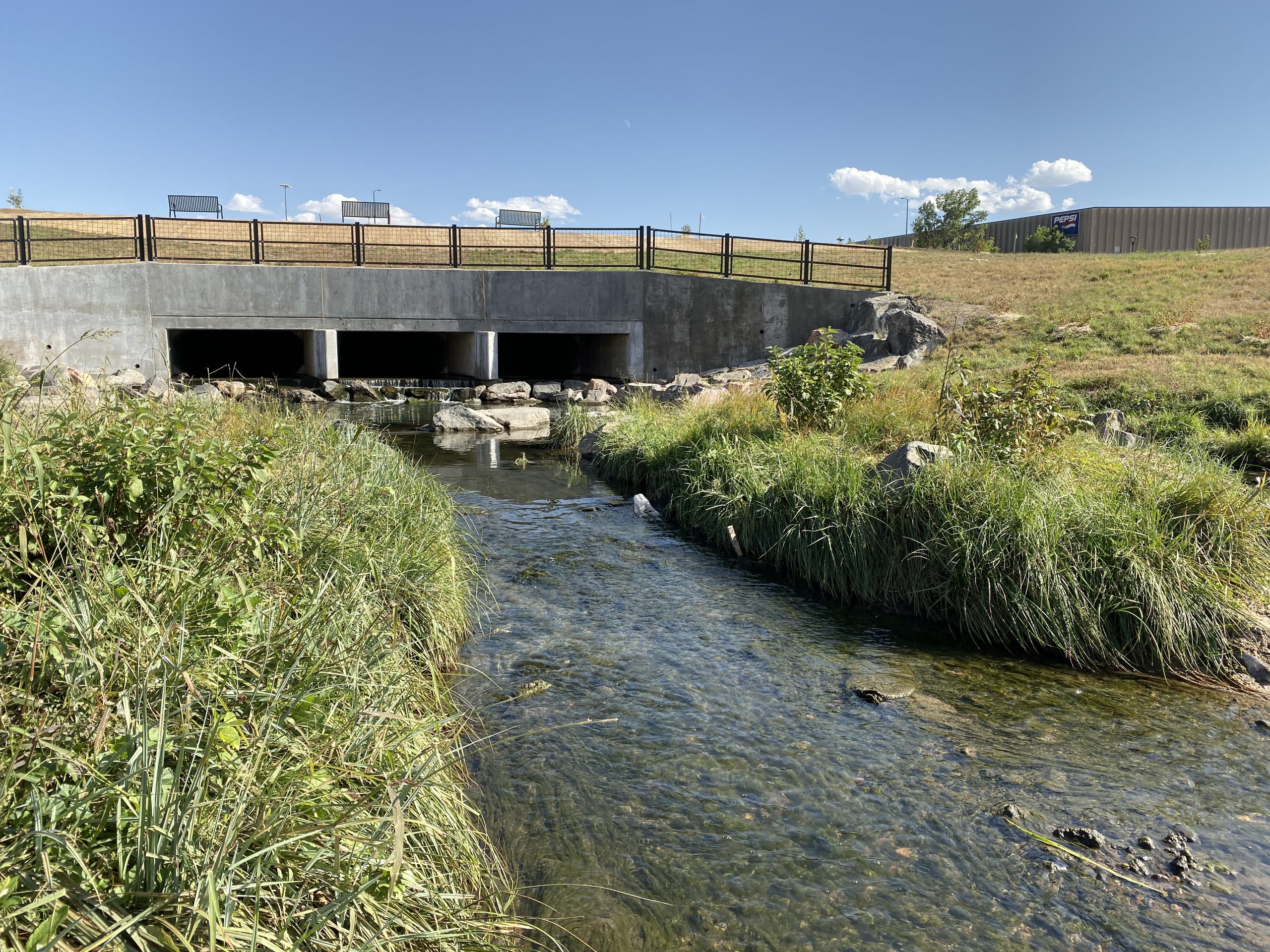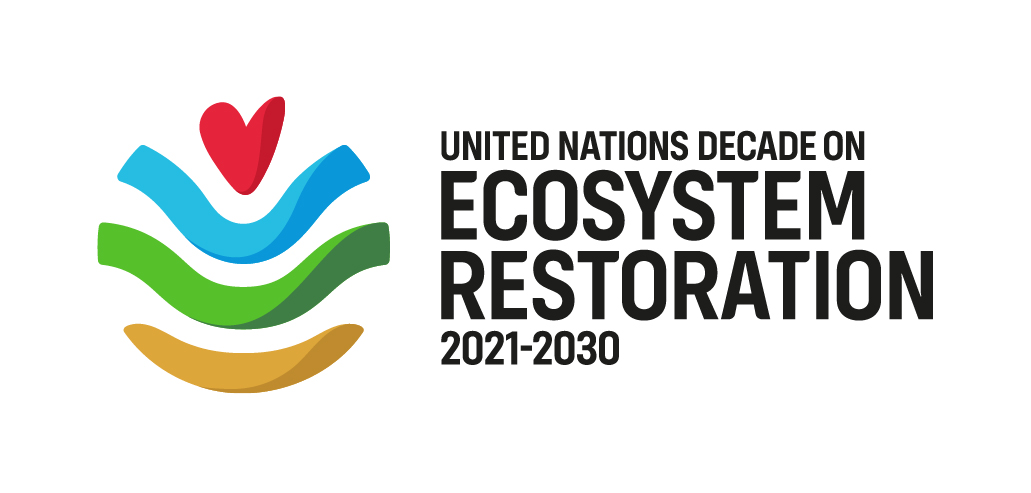
Globeville Landing Outfall Project Wins Merit Award
August 18, 2020
UN Decade on Ecosystem Restoration
September 24, 2020Staying Safe(r) During Wildfire Season
by Liz Clift
Great Ecology employees live in several states impacted by wildfire. Our hearts go out to everyone who is impacted by these fires, especially those who have been forced to flee their homes.
It’s still wildfire season—and the West is burning in unprecedented ways. Much of the Western US is under red flag warnings, which means that strong winds and dry conditions have created optimal conditions for a wildfire to start or spread. While the true ecological, economic, and human costs of these fires will not be known for a long time, it’s possible to mitigate some of the human health costs now.
If you live anywhere in the West—or in other areas impacted by fire—you might already be familiar with regularly checking air quality in your location. However, if this is new to you, check out the Fire and Smoke Map from the EPA. If you look at it today (September 9, 2020, pictured right), you’ll notice a large blob over the Pacific. That’s a column of smoke and it’s headed for western Washington and British Columbia. You’ll notice lighter shades of blob over much of the United States—because most of the United States is currently being impacted by wildfire smoke.
This smoke will likely have profound effects on air quality in the Western US and Canada over the next 24-48 hours—and is anticipated to last for several days. This degree of smoke may make breathing outdoor air unhealthy or hazardous for some or all groups. Many areas in Washington, Oregon, and California have already been experiencing hazardous air quality for several days.
You can check a variety of sources for air quality, including your state air quality monitoring network (here’s Washington state's), AirNow, and your weather app. Knowing air quality—and taking appropriate measures to help keep yourself safe can help reduce potential current and future human health costs of these fires.
Appropriate measures to protect your health will vary throughout the day, if air quality is shifting quickly, and based on your exact location. Measures could include limiting strenuous (or any) outdoor activity, wearing a filtering mask, closing doors/windows, and utilizing air purifiers. You can also minimize human health impacts by remaining alert to the evolving situation in your area, including evacuation orders or warnings. Fires can change directions rapidly—which means that even if you weren’t at immediate risk of fire a few hours ago, you might be now or in the future. If you have time, prepare a GoBag full of essentials and keep it with you even when you go to the grocery store or to work, especially if you live in an area near to current wildfires.
In addition to human health, you may notice more wildlife in your area, particularly if you live near areas that are currently burning. The animals are likely exhausted and are looking for a space to rest—after all they’re fleeing for their lives. Bring your pets indoors (especially at night) and set out water for these animals. If you are especially concerned about an animal, you can call your state’s department of fish and wildlife and/or your local animal control.
Please do your best to keep yourselves, and your loved ones, safe.
Fire & Smoke Map of the US


